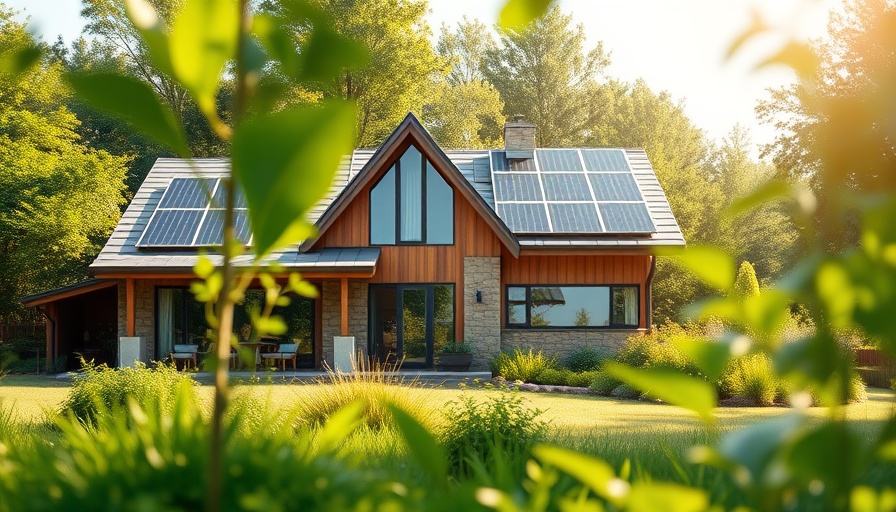
Powering Towards a Sustainable Future: The Challenge of Modern Electricity Grids
China's electricity supplies, once fraught with outages and mismanagement, have shown remarkable improvements over the decades. Today, the nation enjoys a generally stable electrical grid, a transformation brought about by significant investments and reforms that began in the 1980s. However, with rapid electrification, climate change-induced extreme weather events, and an increasing reliance on renewable energy sources, the grid now faces new vulnerabilities.
The Transformation Journey: From Outages to Reliability
Just a generation ago, cities across China grappled with inconsistent power supplies, often leading to hours of darkness. This was a huge impediment to economic growth as the power grid struggled to keep pace with the country's booming demands. However, a shift occurred when the Chinese government opened up the electricity sector to investments from private and foreign entities. This led to a sharp increase in generation capacity, which now stands at 3,350 gigawatts as of 2024, a significant jump from 1,370 gigawatts in 2014.
The average consumer can expect to lose power for just under seven hours annually, a figure that has steadily decreased since 1998 when the average was over 16 hours. These improvements come from restructuring in the energy sector, enabling robust investments and enriched generation capabilities.
Facing New Challenges: The Impact of Renewables and Climate Change
Despite these advancements, new challenges loom. Extreme weather incidents, exacerbated by climate change, pose a threat to grid reliability. The climate crisis is resulting in unpredictable natural patterns that can disrupt energy supplies at crucial moments. Additionally, as China shifts towards a greener economy by integrating renewable sources like solar and wind, balancing these intermittent energy supplies with demand becomes more complicated.
Camille Paillard, an energy analyst at the International Energy Agency, emphasizes that "building a robust and digitalized grid alongside flexible generation and demand response is essential to maintaining system security in China." The integration of innovations in energy storage and smart grid technology will be pivotal in navigating these challenges and ensuring continued accessibility and reliability.
Innovative Solutions: A Path Forward
To future-proof the grid, experts propose a blend of technological innovation, regulatory changes, and community engagement. For instance, implementing smart grid technology could significantly enhance efficiency—allowing better real-time management of electricity flows and demands.
Moreover, a community-focused approach could encourage energy conservation, promoting activities such as community gardens and local solar power initiatives. Such grassroots movements can alleviate some local shortages while fostering a sustainable lifestyle.
Embracing Sustainability in Future Grid Practices
The transition towards renewable energy not only reduces carbon footprints but also presents pathways for sustainable living. By embracing practices like upcycling, composting, and utilizing ethically produced energy, individuals and communities can contribute to a greener future. Policies promoting circular economies and recycling can play a crucial role in this sustainable evolution, allowing resources to be reused rather than wasted.
Your Role in the Energy Revolution
As consumers become more conscious of their energy use, understanding the implications of their choices is vital. By opting for eco-friendly products, supporting local green initiatives, and reducing waste through practices such as responsible consumption and sustainable landscaping, everyone can contribute to a sustainable future.
There is a unique opportunity for individuals and communities in China to embrace a more sustainable lifestyle. This entails making informed decisions, such as utilizing renewable energy, supporting responsible businesses, and engaging in community-centric energy initiatives.
Take Action: Create a Sustainable Tomorrow
With the climate crisis escalating, it is crucial for communities to engage in sustainability initiatives actively. Consider getting involved in local environmental organizations, supporting policies for renewable energy, and adopting sustainable practices in your daily life. Every small step contributes to a significant impact—creating a resilient grid not just for today, but for future generations.
 Add Row
Add Row  Add
Add 



Write A Comment